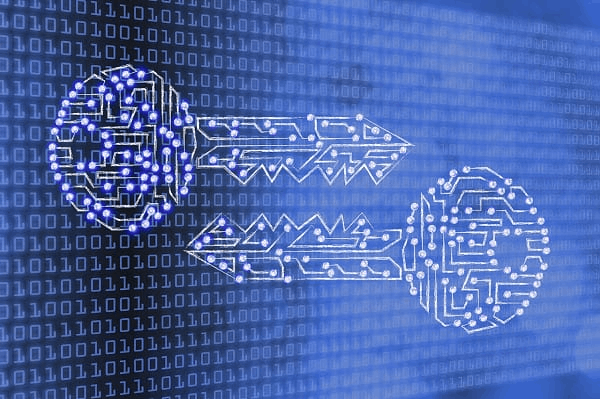Difference Between AES and DES Ciphers
AES, whichstands for Advanced Encryption Standard, was introduced by Joan Daemen and Vincent Rijmen. It is simply defined as the most widely used method for encrypting and decrypting sensitive information. The encryption method uses what is known as a block cipher diagram to ensure that the data can be stored securely. AES does not use a Feistel structure. Instead, each full round consists of four separate functions and they are byte substitution, permutation, arithmetic operations over a finite field, and XOR with a key. It is popularly used for government computer security, electronic data protection, and many more. AES includes Symmetric key and symmetric block cipher. It provides full specification and design details.
Moreover, it includes Software implementation in two different languages known as C and Java.

DES or Data Encryption Standard, are found to be vulnerable and very powerful and so the popularity of DES has slightly declined. It is the most widely used block cipher in the world. There has been considerable controversy over its security. DES is a block cipher and encrypts data in which the blocks size is of 64 bits each, which means 64 bits of plain text go as the input of DES that produces 64 bits of ciphertext. The algorithm and the key are used for encryption and decryption with very little differences. DES ruled the cryptography world for around 30 years. It is divided into two categories for the strength of data and they are;
1. It shows concern about the use of algorithms.
2. It is concerned about the key’s usage.

DES Working
Data Encryption Standard (DES) working process is given below:
1. DES uses transposition and substitution.
2. Computer memory made it possible for Feistel to use transportation in his system.
3. DES is a 16-round Feistel cipher.
4. DES works by encrypting groups of 64 message bits, which is the same as 16 hexadecimal numbers 4 x 16= 64.
5. To do the encryption, DES uses “keys” which are apparently 16 hexadecimal numbers long or apparently 64 bits long.
6. However, every 8th key is ignored in the DES algorithm, so the effective key size is 56 bits.
Reason for Replacement of DES by AES Encryption
AES replaced DES in the year 2001. The reason why DES was replaced by AES Encryption is that AES has theoretical attacks which can be broken; it has demonstrated exhaustive search key attacks. Also, that DES uses smaller cipher keys and the algorithm is of slower speed in other terms it consumes a lot of time. AES is a comparatively more efficient and elegant cryptographic algorithm.
DES was only implemented in hardware, whereas AES is used both in hardware and software. DES uses only 64 bits keys which have a small number combination and therefore prove to be easily broken in personal computers so this is the main reason why DES loses its credibility.
Difference between AES and DES Cipher
The main difference between AES and DES Cipher are:
| AES | DES |
| AES means Advanced Encryption Standard | DES means Data Encryption Standard. |
| It was first coined in 1999. | It was first created in 1996. |
| It consists of key lengths of 128, 192, and 256 bits. | Its key length is usually 56 bits. |
| In AES the entire data block is processed in a single matrix. | The data blocks are divided into two halves. |
| It is basically byte-oriented. | It is bit oriented. |
| It is strong against differential and linear cryptanalysis. | It is vulnerable to differential and linear cryptanalysis. |
| It is very secure. | It is not secure at all. |
| It is faster in speed. | It is comparatively slower in speed. |
| AES is assumed to have a larger key size than DES. | DES in comparison to AES has a smaller key size. |
| Its main principle is to work in substitution and permutation principles. | Its main principle is to work on cipher structure. |
Conclusion
No algorithm is secure from brute force attacks. The main goal of the modern encryption algorithm is to make it difficult for the Brute force attack to break the encryption. The Brute force attacks are to be executed fast with the help of Cluster and Grid Computing Technologies. Modern Encryption Algorithms have completed the challenges which were posed by Cluster and Grid Computing Technologies. So in order to make the relationship between the plaintext and the ciphertext complex, Caesar ciphers have poor confusion and Polyalphabetic substitution and Vernam cipher have good confusion. Overall, it is found that AES or Advanced Encryption Standard is considered to be more secure as compared to Data Encryption Standard or DES. DES is no longer used but instead of it, triple DES is being used. But it is assumed that after 2024 triple-DES will also be banned or not be allowed to be used and this will be done by NIST or the National Institute of Standards and Technology.